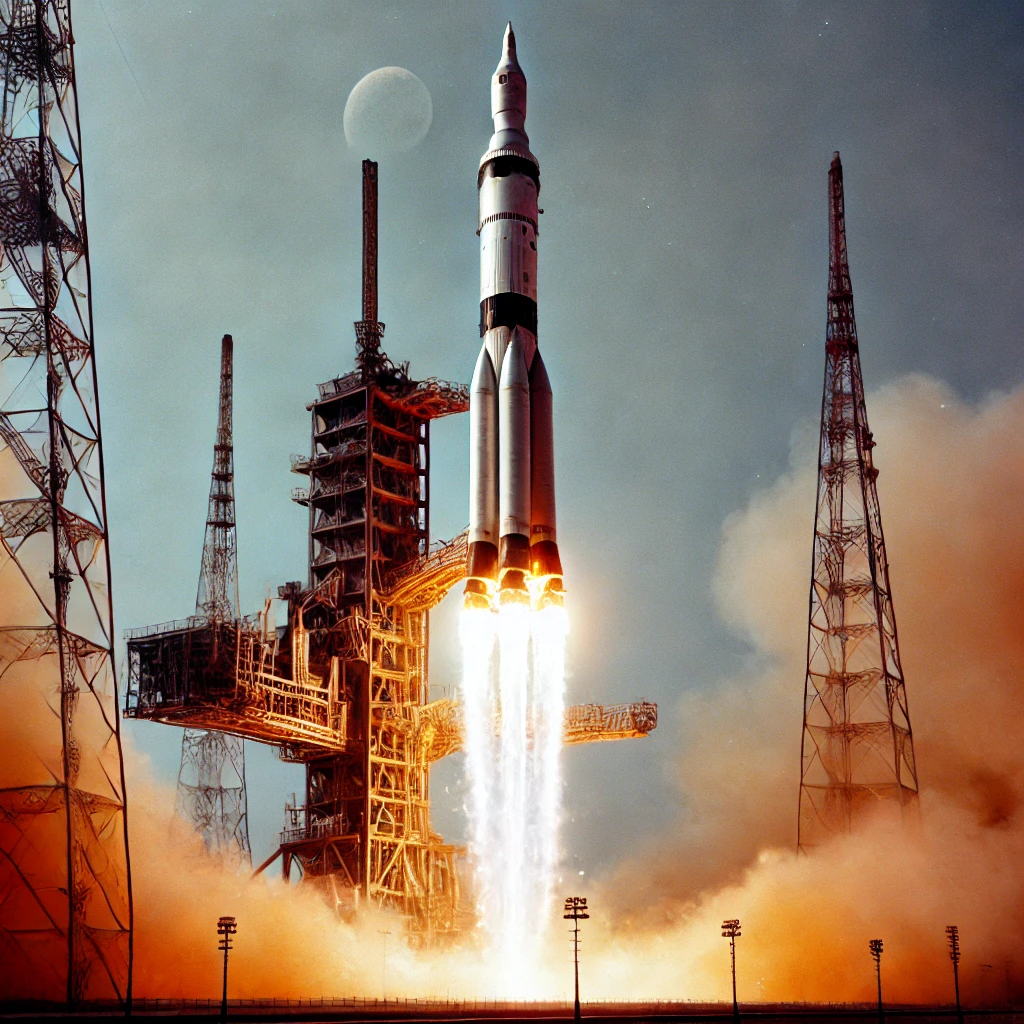On August 20, 1975, NASA’s Viking 1 spacecraft was launched towards Mars, marking a significant milestone in space exploration. Viking 1 was the first spacecraft to be part of the Viking program, which aimed to explore and investigate Mars, including its surface, atmosphere, and potential for past or present life. The launch was carried out from Cape Canaveral, Florida, using a Titan III-E rocket, and it represented a major step in humanity’s quest to understand our neighboring planet.
The Viking 1 mission was meticulously planned and executed, with the spacecraft designed to carry out a series of scientific experiments and observations once it reached Mars. The spacecraft was equipped with a lander and an orbiter, both of which were intended to work together to provide a comprehensive view of the Martian environment. The successful launch of Viking 1 was a testament to the technological advancements and dedication of the scientists and engineers involved in the mission.

Viking 1’s Mission and Achievements
Viking 1’s mission was a groundbreaking endeavor that yielded significant scientific discoveries and insights about Mars. After traveling through space for nearly 10 months, the spacecraft entered Martian orbit on June 19, 1976. It released the lander, which successfully touched down on the Martian surface on July 20, 1976, near the equator in the region known as Chryse Planitia.
The Viking 1 lander conducted a variety of experiments, including taking high-resolution photographs, analyzing soil samples, and performing atmospheric measurements. One of its most notable achievements was capturing the first close-up images of the Martian surface, which provided scientists with unprecedented views of the planet’s landscape. Additionally, the lander’s experiments contributed to the search for signs of life, though no definitive evidence of extraterrestrial life was found.

The Legacy of the Viking 1 Mission
The Viking 1 mission had a lasting impact on the field of planetary science and space exploration. The data collected by Viking 1 and its sister spacecraft, Viking 2, provided valuable information about Mars’ surface and atmosphere, helping to shape our current understanding of the planet. The mission paved the way for future Mars exploration missions and inspired subsequent missions such as the Mars rovers and the Mars Science Laboratory.
The success of Viking 1 demonstrated the feasibility of sending spacecraft to distant planets and conducting scientific research in extraterrestrial environments. The mission also highlighted the importance of continued exploration and technological innovation in the quest to understand our solar system. Viking 1’s legacy continues to be celebrated as a pioneering effort in the exploration of Mars and a milestone in human space exploration.

On August 20, 1975, the launch of Viking 1 marked the beginning of a landmark mission to Mars. The spacecraft’s journey and its subsequent achievements in Mars exploration have left an enduring legacy in the field of planetary science. Viking 1’s contributions to our understanding of Mars and its influence on future missions underscore the importance of exploration and the pursuit of knowledge beyond our planet.
